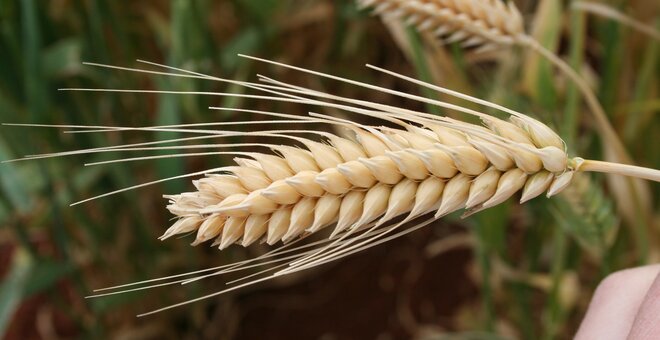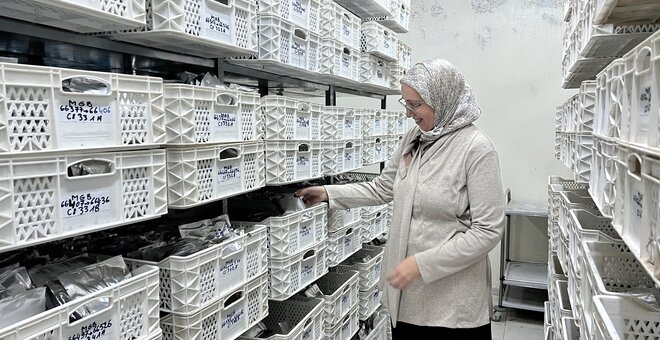Yemen: National Genetic Resources Center
Location
Dhamar, Yemen
Parent Organization
Agricultural Research and Extension Authority (AREA)
Mission
- Undertaking in situ and ex situ conservation of plant genetic resources
- Ensuring maintenance and sustainable use of plant genetic resources
- Undertaking characterization and evaluation of genetic resources for use in breeding and crop enhancement programs
- Fostering regional and international cooperation in the areas of conservation, maintenance and use of genetic resources and information exchange.
Date Established
2002
Number of Accessions Conserved
6,929, including accessions of medicinal plants, grape, date palm and mango held in field genebanks (as at June 2023)
Main Crops Conserved
- Cereals, including barley, maize, pearl millet, sorghum and wheat
- Grain legumes, including cowpea, faba bean and lentil
- Date palm
- Grape
- Mango
Background
Collection and conservation of crop diversity in Yemen was initiated in the early 1970s. In 1988, a unit was established in AREA with responsibility for plant genetic resources. The National Genetic Resources Center (NGRC) was established with the approval of the Board of Directors of the Agricultural Research and Extension Authority in 2002. The Center comprises four technical sections: the Genebank, Seed Laboratory, National Herbarium and Biotechnology Research.
- Since 2002, the NGRC has conducted surveys and collecting missions in coastal areas, the highlands and the eastern plateau.
- NGRC has been an implementing partner in several international projects with the International Center for Agricultural Research in the Dry Areas (ICARDA), the International Treaty on Plant Genetic Resources for Food and Agriculture (the Plant Treaty), the Alliance of Bioversity International and CIAT, the International Committee of the Red Cross and the Crop Trust on ex situ and on-farm conservation of plant genetic resources.
- The Center, in cooperation and coordination with regional research stations, also succeeded in conducting preliminary characterization of more than 1,300 seed samples using internationally agreed-upon descriptors, which enhances the value of the collection to plant breeders and other users.
- The Genebank has strong links with plant breeders and other researchers in other divisions of AREA. It also has good links with farmers and other user groups.
The Collection
Yemen is the second largest country in the Arabian Peninsula and has a wide range of agro-ecological zones. This has resulted in a wide diversity of crops being grown and a large number of local landraces. The entire NGRC collection consists of landraces collected in in Yemen. Few of these are found in any other genebanks elsewhere, making the collection a vital and vulnerable resource.
All seed accessions are stored in a cold room at −14° C for long-term conservation and under ambient conditions immediate use – planting out or distribution, for example.
Cereals account for two-thirds of all seed accessions in the collection, with the largest number of samples being of sorghum (more than 2,500 samples, or 36% of the collection).
Other AREA research stations conserve some crops not covered by the NGRC, such as forages, apple, citrus, plum and pomegranate, but these collections are not under the purview of the NGRC.


